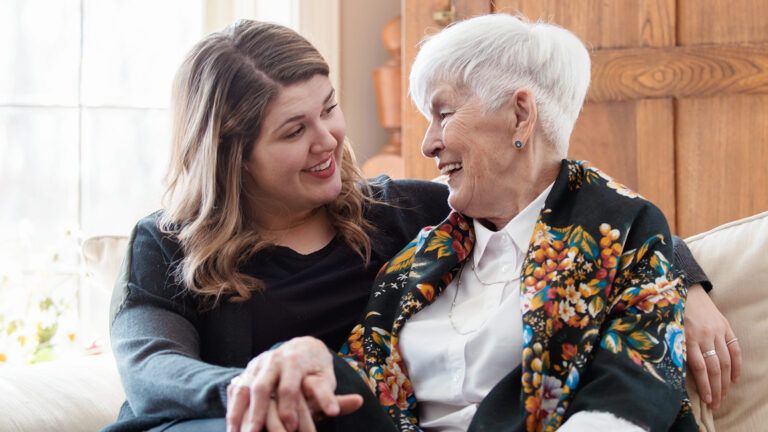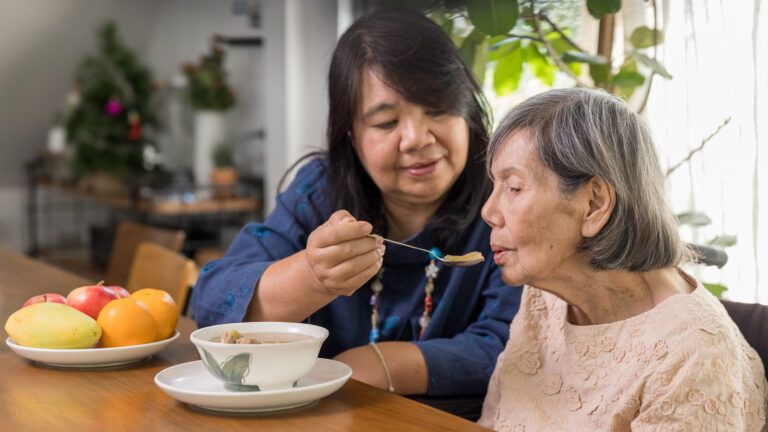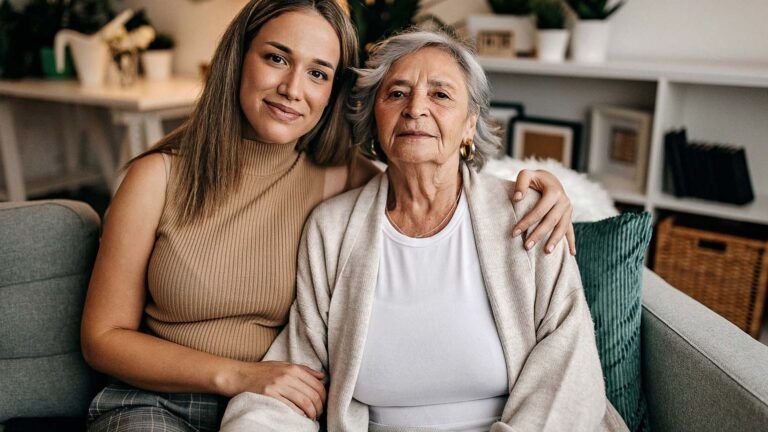Sara Powers, PhD is a Research Scientist with the Center for Research and Education at Benjamin Rose Institute on Aging
It is not unusual to plan years ahead when it comes to tackling major life goals like purchasing a home, paying for a wedding or budgeting for our children’s education. We take into consideration how best to put money aside, what needs to happen in order to do so, and what the impact will be on each person in our family. However, we often do not give the same careful thought to planning for future caregiving needs. This can be to our detriment, given that over 34 million Americans provide unpaid care to an adult age 50 or older. Rather than allowing a crisis to occur before we put caregiving plans in place, there is much we can do early on to give us a greater sense of peace when these needs arise.
In the midst of such a crisis, we may find ourselves scrambling to figure out care options. This may increase family conflict, as well as emotional and physical stress for everyone involved. When planning for your future caregiving responsibilities, or preparing your loved ones to take on your own care as you age, it will benefit everyone to talk openly about finances, priorities, values and preferences.This is the best way to arrive at a caregiving plan that works.
Prepare yourself for the financial realities of caregiving.
According to a 2016 U.S. Department of Health and Human Services report, on average, families can expect to pay $6,844 per month for a semi-private room in a nursing home, $7,698 per month for a private room in a nursing home, and $3,628 per month for care in a one-bedroom assisted living facility. Even with a long-term care policy in place, care can be very costly. These policies can also be confusing. Loopholes have led to elder fraud cases throughout the country, so make sure to scan any policy to ensure that you receive all promised benefits.
Because monthly long-term care costs are unaffordable for many Americans, providing at-home care is often a better option, both in terms of money and because most older adults prefer to stay at home. If that is your choice, however, make sure to consider those potential costs, as well. According to a 2016 AARP study, it was estimated that family caregivers, on average, spend around 20 percent of their annual income, or $6,954, on out-of-pocket costs related to their caregiving responsibilities. Out-of-pocket costs increased even further for long-distance caregivers, and averaged $11,923 per year. In order to adequately budget for your family’s possible caregiving needs in the years to come, keep in mind the following typical costs and scenarios:
- Healthcare-related expenses, including insurance deductibles and co-pays, medications or medical equipment, lengthy hospital stays, physical therapy or mental health treatment
- Rent or mortgage payments
- Food costs
- Utility bills
- Travel expenses if you live far from your loved one
- Household maintenance, safety modifications such as installing grab bars in the bathroom and repairs
- Relocation expenses if your loved one has to move out of the home
- Pet care
- Long-term care insurance policies
- Fluctuations in income due to caregiving responsibilities like taking time off to get your loved one to a doctor, having to work part-time or taking unpaid leave via the Family and Medical Leave Act policy
It’s a good idea to open up conversations about how much time or money each family member would be willing to contribute, which can help put you on the road to getting a successful plan in place.
Share your values and preferences.
My first caregiving experience unexpectedly began in my mid-twenties when my 57-year-old mother was diagnosed with cancer. Up until that point, I felt very unprepared for the day when my parents might get sick or could no longer take care of themselves. It was at that moment I realized just how necessary it is to talk to your family about current and future caregiving plans.
It is crucial for everyone in the family to be involved in discussions about care preferences and personal values. This should include those who may be providing care, as well as those who may be receiving it. Because this subject can be challenging, follow these useful tips:
- Do your family members have a hard time communicating about sensitive issues like sickness or death? If so, you should try to come up with ways to positively frame the conversation. Begin by stating your desire to get everyone on the same page and to make sure everyone’s wishes are presented and heard.
- Remember that creating a good caregiving plan takes time. Don’t try to do everything at once. Deal with one or two topics at a time. Starting these conversations with loved ones can help family members reflect and process their own needs and wishes, and lead to future discussions.
- Keep track of care values, priorities and preferences in an organized manner. This may include writing an outline of important details discussed or using a pre-existing worksheet and guide such as AARP’s.
- All families are different. Some might like a scheduled approach to discussions in order to avoid surprises, and allow for everyone to come prepared. Others may prefer to hold conversations and put information together more naturally. For example, my family always tackled major discussions while sitting at the dinner table – food was our comfort and we got through a lot while sharing meals. At the end of the day, do what works best for you and your family and know there are no right or wrong ways to prepare.
At the forefront of every conversation about caregiving should be your loved one’s values, priorities and preferences. It is never too early to start planning. Putting the effort in now will likely help you all to breathe easier in the future.
For further information on how to create a caregiving plan, visit the following resources:
- BRI Care Consultation™
- SHARE for Dementia
- SAGE’s Create Your Care Plan Guide
- Sign up to receive a free Caregiver Notebook from Springwell
- Purchase a copy of The Complete Eldercare Planner by Joy Loverde





